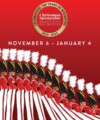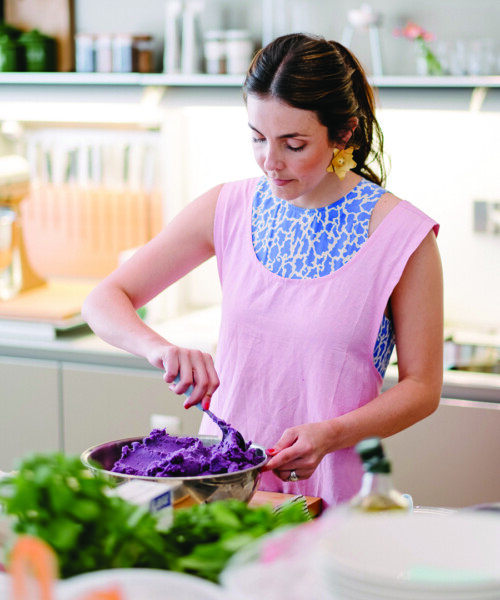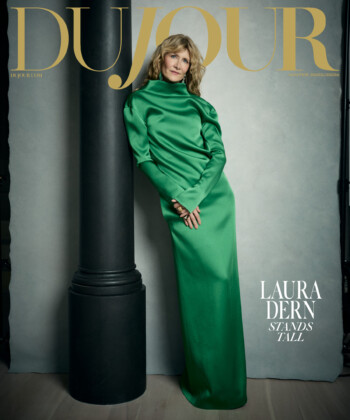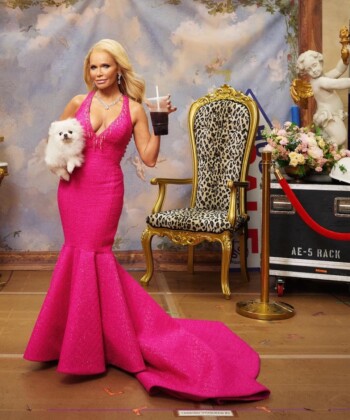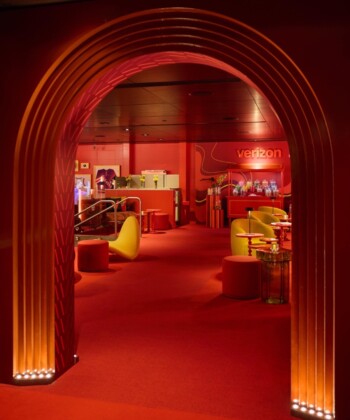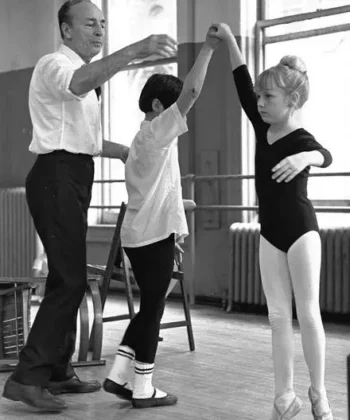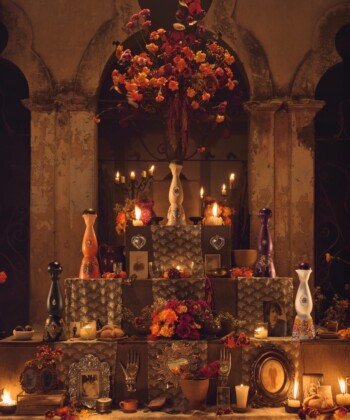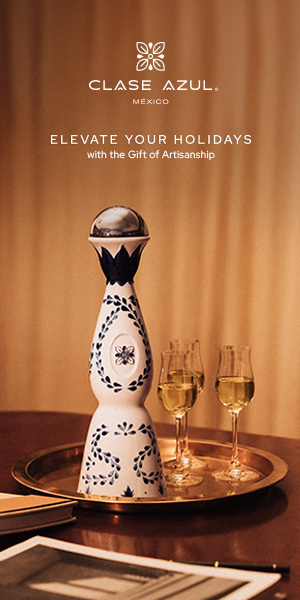This is a story of shared obsessions between an architect and a food stylist who are separated by generations and geography but joined by their love of the color pink.
The architect Luis Barragán (1902–1988) died infatuated by light, space and design. The colored walls in his museum-like house and the many homes and gardens he created are testimonials. I, a food stylist, have an obsession with beauty in food, color in design, and perfection for an image. This fixation took me to the Obama White House in 2011 to work with the first lady on her cookbook. A pinnacle in my 10-year career, for sure.
Eager for inspiration, I burrowed into Barragán’s legacy, where I discovered that his ashes had been turned into a two-carat diamond by an American artist in order to rescue his life’s work from obscurity and bring it back to his native Mexico, all the way from Switzerland. The story was later detailed in a documentary.
I also discovered Barragán was an amazing personality. An extravagant lifestyle and unquenchable thirst for beauty permeated this master draftsman’s work and life in general. I lost my breath to his silk shirts, knit ties, chauffeured Cadillac, and wise gaze. One Barragán fact struck my deepest chord: From time to time, he would request entirely pink meals and sherry-drizzled melons from his maid. An immediate question that came to mind was what type of pink meal would have been on Barragán’s lunch table in 1976 Mexico City? What would those real ingredients be? Beets? Blue corn tortillas, hibiscus flowers, and radishes? How would the table be set? Perfectly pressed linens, for sure. A mix of new and inherited classic chinaware, perhaps? I made my move and started drafting recipes for him…and myself.
As natural breeding grounds for such experiments as Mexico’s Polanco or Brooklyn’s Williamsburg neighborhoods can be, it was in fact Hong Kong’s passion for food and dash of ennui that incubated my Cena Rosa’s birth. I hosted a color workshop collaboration with designer Paola Sinisterra and creative director Kate Jones at the House of Madison, in Hong Kong’s Central district. The third day of the series involved a dinner prepared in the color palettes of the city itself: from jade to chartreuse, from ivory to turmeric, from coral to magenta. And so it began.
Shortly after, The St. Regis Hotel in Hong Kong’s neighbor, Macau, hosted me to teach an atelier. My audience was the executive culinary team: mostly Chinese men of various ages. All led by a Frenchman, all experts in their respective fields of high Asian cuisine. I hesitated but decided to tell them the story behind Barragán’s pink dinners, the influence of color in architecture and, distinguishably, food design. They proved to be a tough audience at first. But by the program’s end, the group had enthusiastically set the table from start to finish, having applied all the lessons learned during our talk. This came to be my first Cena Rosa: a four-course dinner inspired by Macanese cuisine. Prawns, octopus, oysters, and serradura rose cake (one of the most traditional Portuguese desserts that remains from Macau’s colonial past).
Hong Kong’s The Murray was particularly exquisite. The hotel allowed me to give a twist to its afternoon tea menu. I used the traditional elements of an English afternoon tea to mirror the shapes and artwork of the hotel’s iconic building: a former office space, almost Brutalist construction built by Italian architects for the Chinese Communist Party, adapted to a hotel with decor amply surmounting the concept of chic. That day, black and white marble finishings, golden ceiling lamps, black stone sculptures, and formidably rectangular windows were all transformed into scones, cookies, and finger sandwiches.
My experiment then traveled to Crazy Rich Asians’ true protagonist, Singapore. Four creative cooking workshops were hosted for a group of local architects and designers who were invited by the House of Madison to cook and dine together. My second Cena Rosa used local ingredients inspired by Indian, Chinese, and Malay cuisines to create a menu of watermelon ginger flower gazpacho, pomelo salad, slow-roasted dorado with chili sauce, and heirloom red rice pudding with poached guavas. Indian garlands, lotus flowers, and peach buns decorated the setting.
Each Cena Rosa embodies the aesthetic, texture, and tones of the city where it takes place. And thus, I try to perfect it every time. In my hometown, Bogotá, I cohosted 50 guests, with the duo known as M Maison, in the company of 12 artworks curated by the renowned artist Ana Mosseri. Of course, all pieces had pink in them. We were joined by her father, architect Jacques Mosseri. A man who helped bring Charles-Édouard Jeanneret (yes, Le Corbusier) to Colombia. Mosseri shared an explanation of Barragán’s legacy. Afterward, a five-course dinner was served by 24 waiters, on a long table with custom-made candles in the shades of the Barragán Museum House and flowers from Bogotá’s traditional Paloquemao market.
Although there has been a great deal of images, footage, and social snapshots, no lens has captured Cena Rosa like New York photographer Beth Galton. Together, we created a collection of images that reflects the true light and profound feeling of Cena Rosa and its globe-trotting travels.
Convoluted as the globe is today, aspirations and inspirations alike are mightily needed. I found one in this architect’s obsession with a color that I loved as a little girl and that, oddly, seems to be in fashion at this moment in time. FIT is revisiting the history of the color pink with a symposium and an exhibit, Christie’s will auction a diamond of such particular tone for around $40 million, and Millennial pink continues to be…Millennial.


